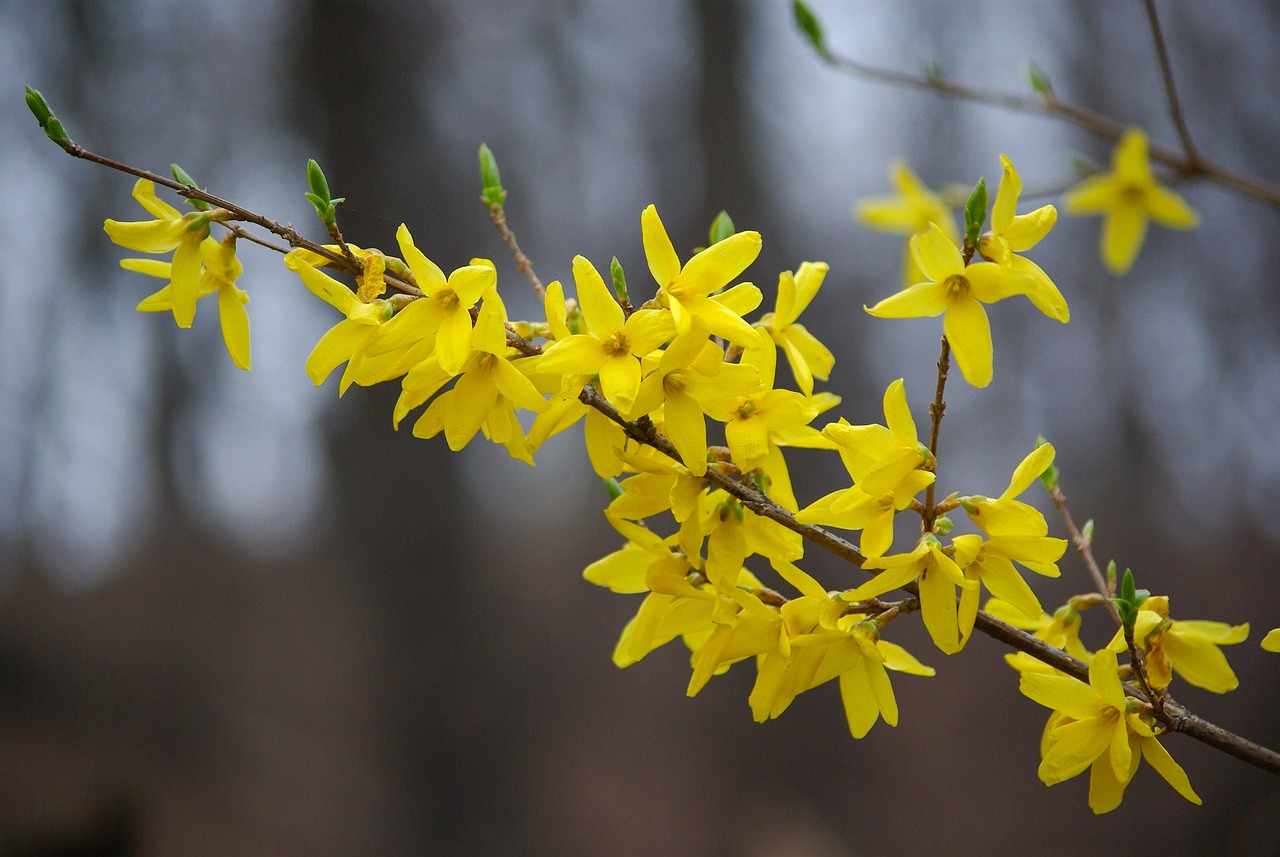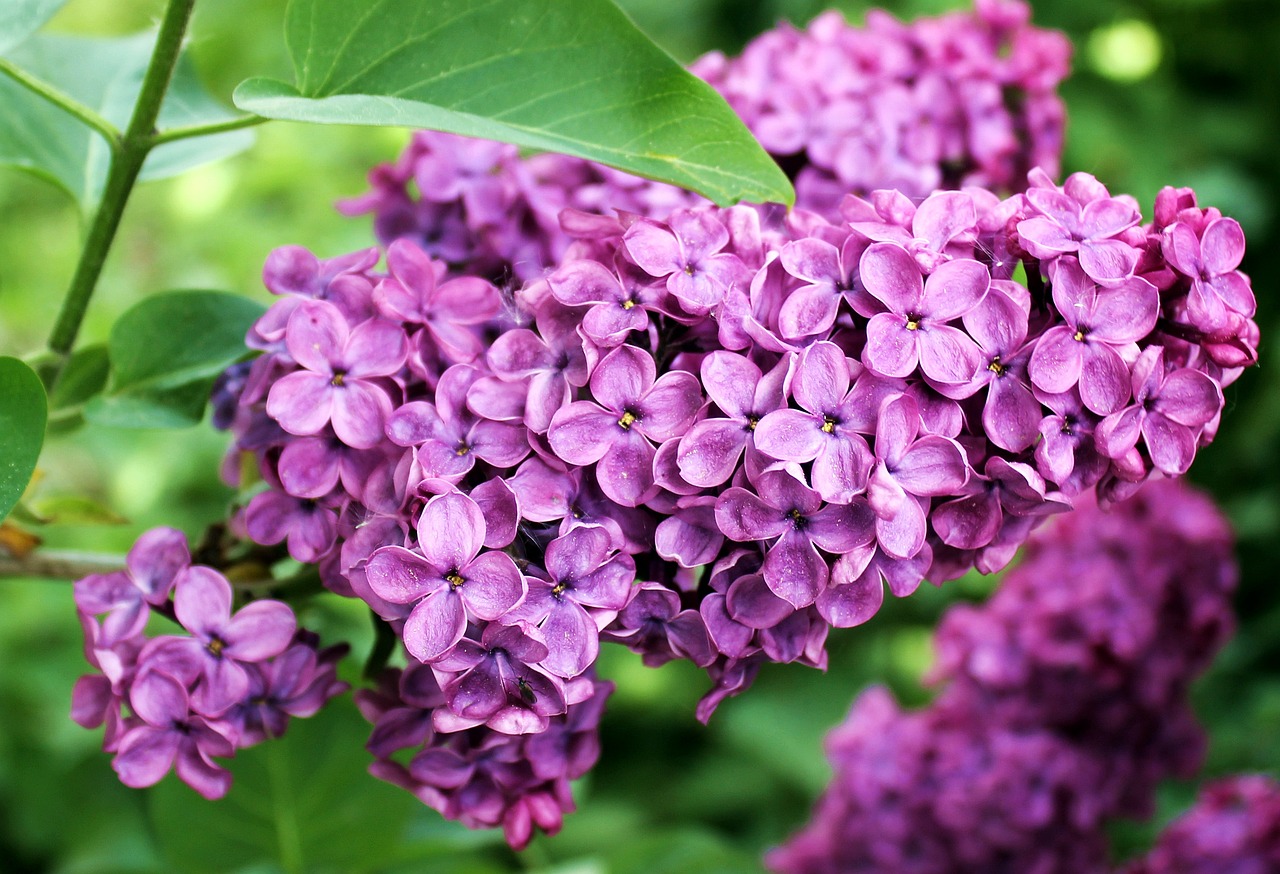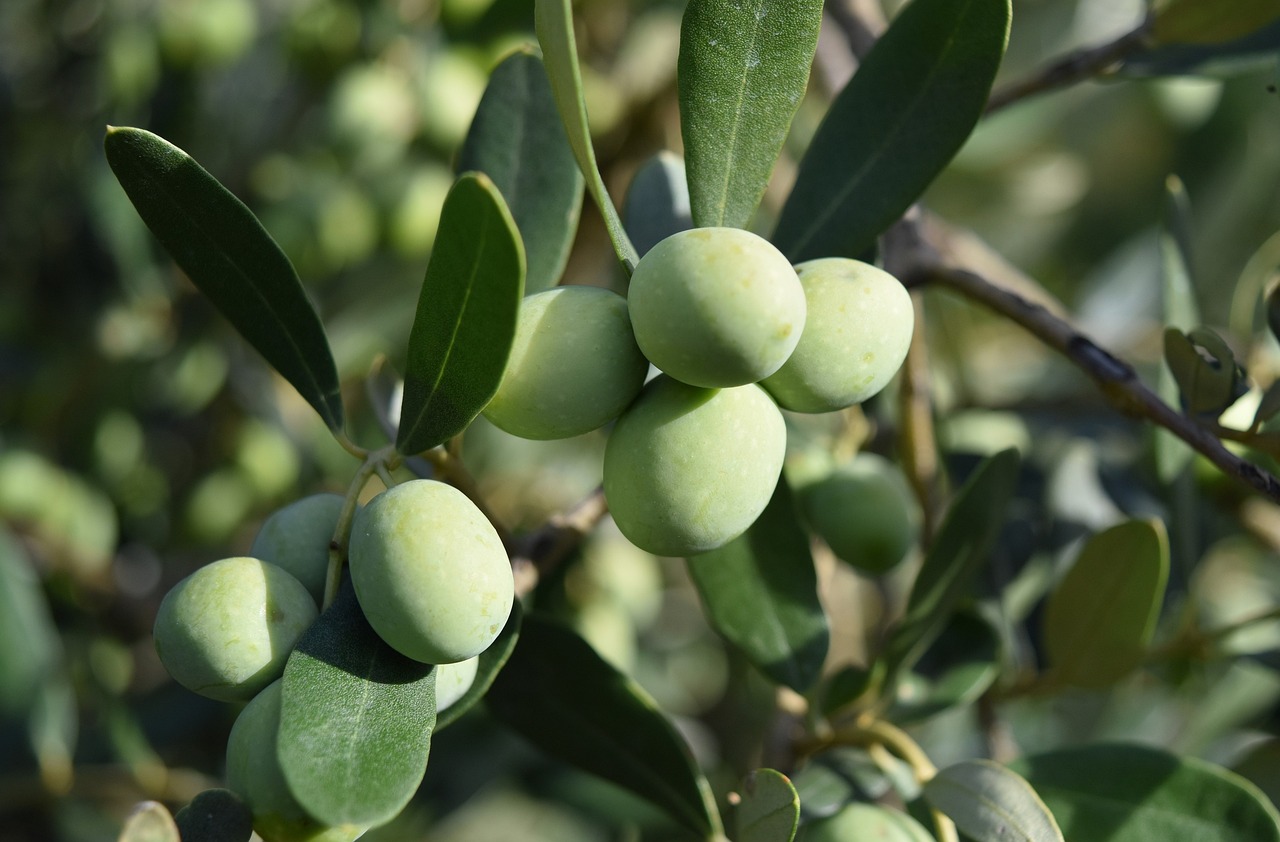Hitotsubatago: Features and Care
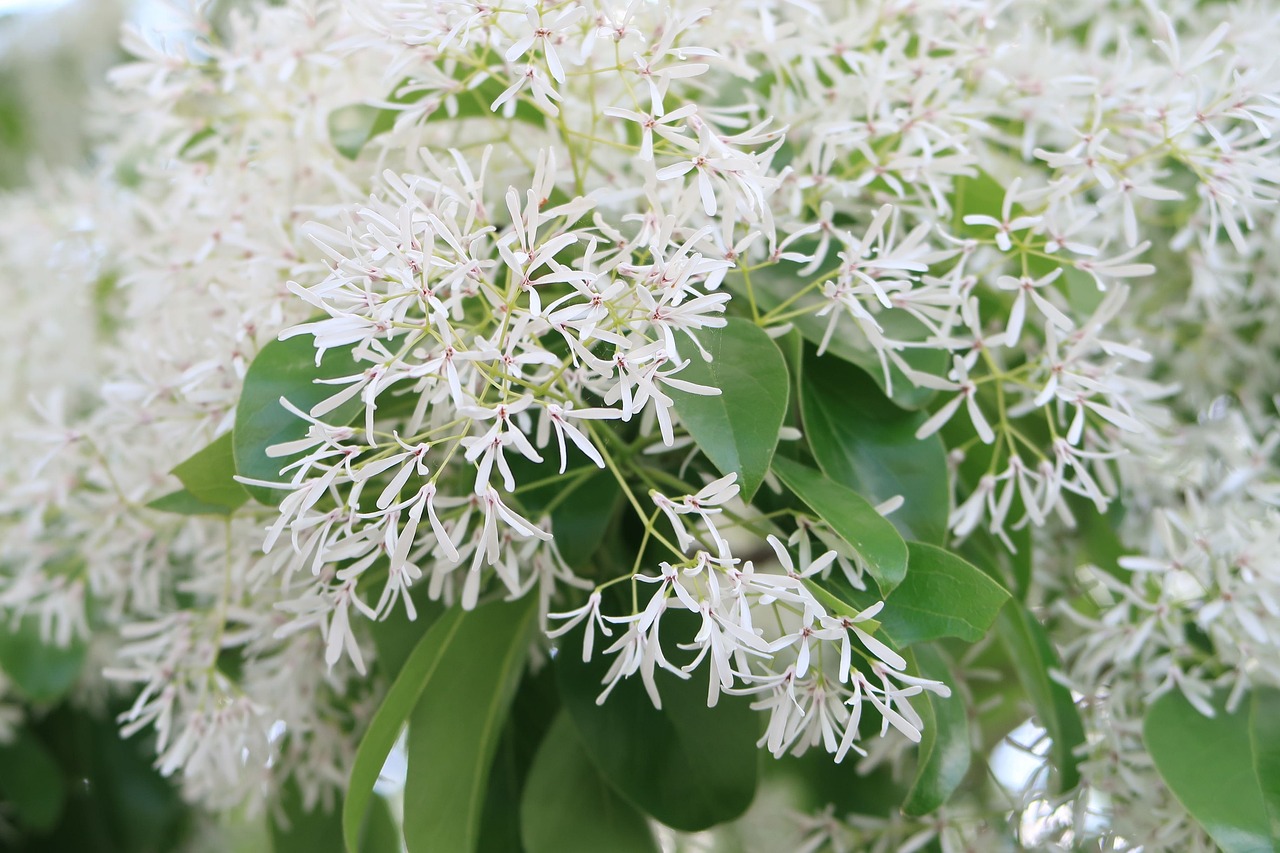
The Hitotsubatago, also known as the “Nanjamonja” tree, is a deciduous tree famous for its pure white flowers that bloom in early summer. Its striking appearance makes it a popular choice as a garden tree or street tree.
This article explores the basic information, cultural and historical significance, and cultivation tips for the Hitotsubatago.
Basic Information
- Scientific Name: Chionanthus retusus
- Family: Oleaceae (Olive Family)
- Native Range: Japan, China, Korean Peninsula
- Appearance: The Hitotsubatago is a deciduous tree that grows to a height of 10–20 meters. From May to June, it produces clusters of small, white flowers with slender petals, giving the appearance of snow-covered branches. The leaves are oval, slightly thick, and glossy green.
- Blooming Period: May to June. During this time, the tree is entirely covered in white flowers, creating a breathtaking spectacle.
Cultural Significance Worldwide
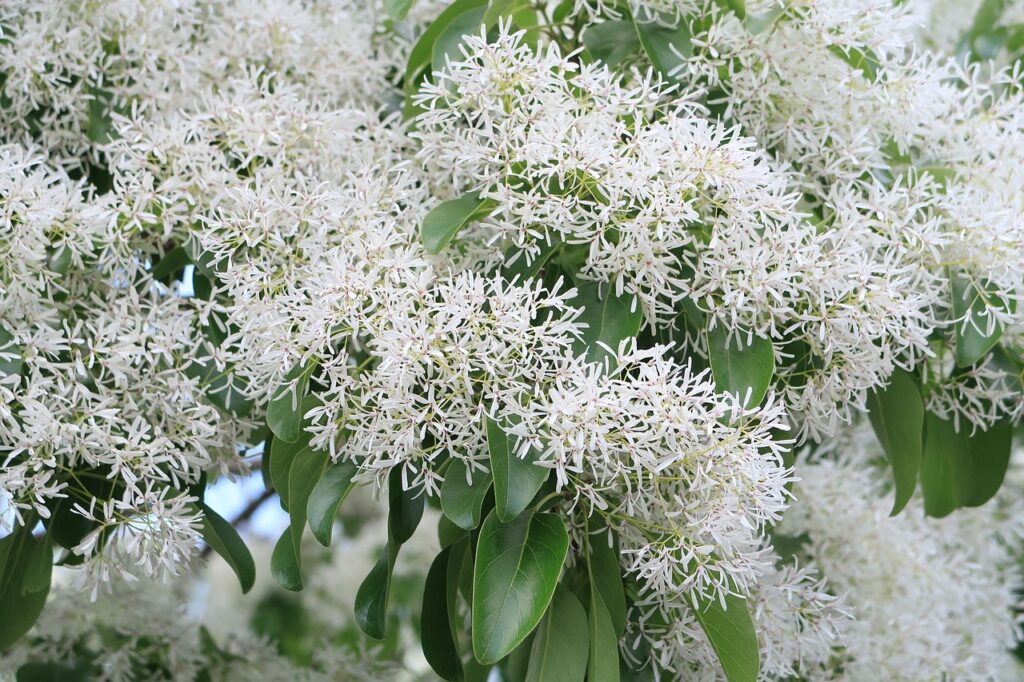
The Hitotsubatago holds a special place in Japan’s history and culture. It is native to specific areas such as Aichi and Gifu prefectures and Tsushima Island and is affectionately known as “Nanjamonja,” a name that originated from the astonishment of locals who could not identify the tree.
Today, the tree is widely planted across Japan as a street tree or in gardens, symbolizing the transition from spring to early summer. In Korea and China, related species are also appreciated as ornamental and landscape trees.
Historical Episodes
The Hitotsubatago has been treasured in Japan since the Edo period, especially around Atsuta Shrine in Nagoya, where it was regarded as sacred due to its rarity.
Naturally occurring Hitotsubatago trees in Japan are limited to a few areas, such as Aichi and Gifu prefectures and Tsushima Island. This rarity once earned it the nickname “phantom tree.”
During the Meiji era, advancements in botany led to nationwide awareness of the tree, and its cultivation became widespread. In Europe, the tree gained attention in the 19th century for its stunning flowers, but its moderate cold tolerance limited its spread.
Gardening Advice
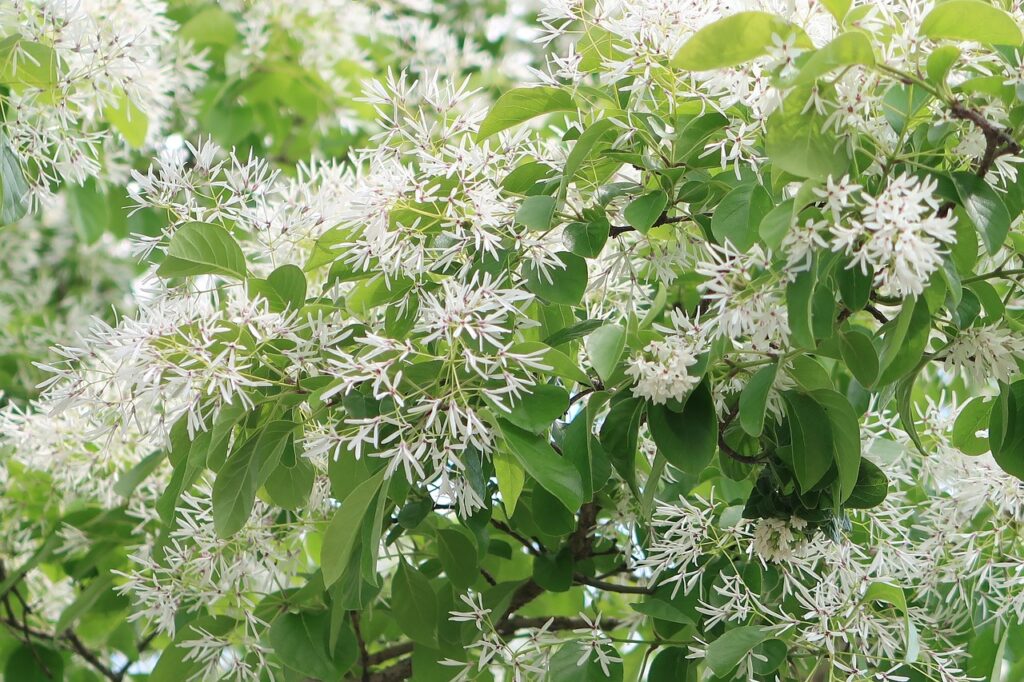
The Hitotsubatago is a hardy and easy-to-grow tree, but proper care ensures more beautiful blooms. Below are key tips for cultivation:
Sunlight
Prefers a sunny location with good air circulation. While it can grow in partial shade, sufficient sunlight improves flowering.
Watering
Young trees need regular watering until their roots are well-established. Mature trees are relatively drought-tolerant but should be watered during prolonged dry periods in summer.
Soil
Thrives in well-draining soil with moderate moisture. It prefers slightly acidic to neutral soil. Mixing compost during planting can promote healthy growth.
Fertilization
Apply slow-release fertilizer in winter to support spring growth. Additional fertilizer during the growing season can be given as needed.
Pruning
Prune after flowering or during the dormant season to shape the tree. Remove crowded or old branches to improve air circulation.
Conclusion
The Hitotsubatago is a magnificent tree that brightens gardens and landscapes with its pure white flowers in early summer. Understanding its historical background and cultural significance can deepen your appreciation for this tree.
Whether planted as a garden feature or a street tree, the Hitotsubatago offers a stunning seasonal spectacle worth cherishing.

